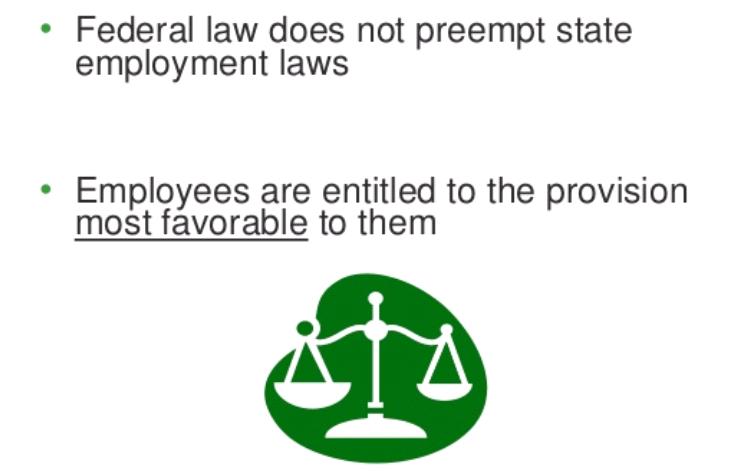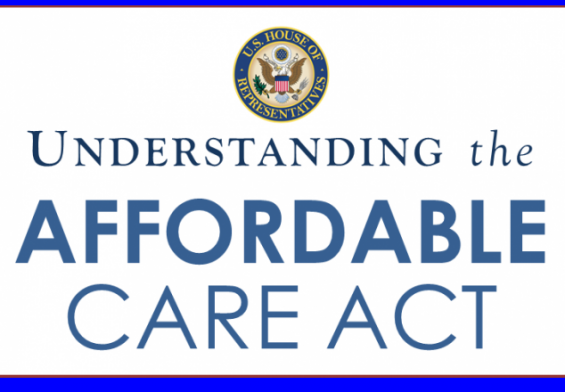Employment Law in NJ: Differences Between State and Federal Regulations
Understanding employment law in New Jersey starts with understanding state-specific regulations, federal standards, and how they interact. Federal labor laws establish baseline protections applicable across the United States, but New Jersey’s employment regulations build on those protections by providing broader employee rights and stricter requirements for employers. This post highlights the significant areas where employment law in NJ differs from federal guidelines, giving you the information you need to stay compliant and informed.
Minimum Wage and Overtime Rules
Under the federal Fair Labor Standards Act (FLSA), the minimum wage remains $7.25 per hour, but states can enact their own higher minimum wages. NJ’s employment laws set the state minimum wage much higher—$15.00 per hour as of 2024—with annual increases linked to economic indicators.
Federal and state regulations also mandate overtime pay for hours worked beyond 40 per week. NJ employment regulations clarify specifics more precisely, outlining explicit criteria employers must follow, such as defining eligible employee categories and clearly specifying what constitutes compensable working hours.
Employee Leave Policies
Family and Medical Leave
The federal Family and Medical Leave Act (FMLA) provides eligible employees with up to 12 weeks of unpaid leave every year for specific medical or family reasons. However, New Jersey extends these protections through its New Jersey Family Leave Act (NJFLA), offering job protection specifically for caregiving responsibilities. Unlike federal law, NJFLA covers care for extended family members but doesn’t include personal medical conditions, which are covered under separate state temporary disability programs.
Paid Sick Leave
New Jersey mandates paid sick leave. Under NJ employment law, employees accrue sick leave based on their hours worked. Employers must document and communicate sick leave policies to their employees, ensuring they understand what they’re entitled to. This keeps employers transparent with their documentation and reporting policies.
Anti-Discrimination and Harassment Protections
Federal protections against workplace discrimination, outlined by Title VII of the Civil Rights Act, prohibit discrimination based on race, gender, religion, national origin, and other federally recognized categories. New Jersey’s Law Against Discrimination (NJLAD) adds more of these protections, prohibiting discrimination based on marital status, sexual orientation, gender identity, and genetic information, among others.
NJ employment regulations also mandate proactive employer responsibilities for preventing harassment, requiring clear anti-harassment policies, reporting procedures, and regular training sessions for all employees to understand these policies.
Wage Payment Regulations
New Jersey labor laws include rigorous regulations on wage payments, requiring much more detail than federal requirements. Employers must maintain accurate payroll records, issue timely payments according to established schedules, and clearly document authorized deductions. For instance, authorized deductions like uniforms or equipment costs require explicit employee consent, while unauthorized deductions face strict penalties.
Worker Classification and Independent Contractors
Federal law relies on criteria from the Fair Labor Standards Act (FLSA) and IRS guidelines to classify workers as independent contractors or employees. New Jersey adopts a notably stricter standard, the “ABC Test.” This test presumes workers are employees unless their employers demonstrate that workers meet certain criteria. In New Jersey, this criteria includes whether workers operate independently, perform tasks outside the company’s usual business operations, and work without direct company control.
Misclassification under NJ employment law can lead to severe penalties, including fines and litigation. Employers need to evaluate and document worker classifications carefully to stay in compliance.
Workplace Safety and Health
Federal occupational safety and health standards, governed by OSHA, apply nationally. However, New Jersey employment law often imposes additional, stricter requirements for workplace safety. For example, state-specific safety standards exist for industries that deal with hazardous materials or carry higher injury risks. Employers must conduct workplace safety inspections, provide detailed employee training, and ensure compliance with these enhanced NJ safety requirements.
Compliance Considerations for Employers
Handling both federal and state employment regulations can be difficult. Employers should implement these best practices:
- Regularly update employment policies, taking both federal and state requirements into account.
- Conduct regular employee training sessions, especially concerning anti-discrimination and harassment prevention.
- Keep detailed payroll and employment records to demonstrate comprehensive legal compliance.
- Review worker classifications frequently, aligning with New Jersey’s strict “ABC Test.”
- Seek professional legal counsel to stay informed on evolving employment regulations and prevent common compliance errors.
Common compliance pitfalls include neglecting regular policy reviews or misclassifying workers, resulting in avoidable violations and substantial legal risks.
The Importance of Legal Counsel
Due to the stark contrast between state and federal employment regulations, specialized legal advice significantly benefits New Jersey businesses. Employment law attorneys familiar with NJ employment regulations and federal labor laws offer valuable guidance. They can help draft compliant employment contracts, develop robust workplace training programs, and provide strategic advice during audits and legal challenges.
For example, legal counsel can clarify ambiguities related to the ABC Test for independent contractors, preventing costly misclassification errors and associated penalties.
NJ Employment Law vs. Federal Employment Law FAQs
What is the current minimum wage in New Jersey?
As of 2024, New Jersey’s minimum wage is set at $15.00 per hour, more than double the federal minimum wage of $7.25 per hour. Annual adjustments are based on state-specific economic indicators.
Are employers in NJ required to provide paid family leave?
Yes, New Jersey mandates paid family leave through the Family Leave Insurance (FLI) program. This provides partial wage replacement to eligible employees for family caregiving or bonding with a new child, expanding upon federal unpaid leave provisions.
How is an independent contractor defined in New Jersey?
New Jersey employs the stringent “ABC Test,” presuming workers are employees unless employers can demonstrate independent operation, work outside the company’s usual scope, and minimal direct employer control.
What additional protections does NJLAD offer compared to federal law?
New Jersey’s Law Against Discrimination offers broader protections by including marital status, sexual orientation, gender identity, genetic information, and other categories that federal law doesn’t.
Do NJ businesses need to offer paid sick leave?
Yes, employment law NJ requires employers to provide paid sick leave, enabling employees to earn leave based on hours worked, which federal law does not mandate.
Complying with NJ Employment Law
Understanding and handling the differences between federal labor laws and employment law in NJ plays a huge role in protecting organizations and cultivating positive workplaces. Staying informed, regularly updating policies, and seeking professional legal guidance helps businesses successfully manage the complexities of employment compliance in New Jersey.
Resources:
https://www.ncsl.org/labor-and-employment/state-family-and-medical-leave-laws
https://www.ncsl.org/labor-and-employment/right-to-work-resources
https://www.ssa.gov/policy/docs/ssb/v38n12/v38n12p23.pdf
https://www.dol.gov/general/topic/workhours/breaks
https://www.house.mn.gov/hrd/issinfo/overtime.aspx?src=10
https://www.dol.gov/agencies/whd/minimum-wage/state
https://crsreports.congress.gov/product/pdf/R/R43792




